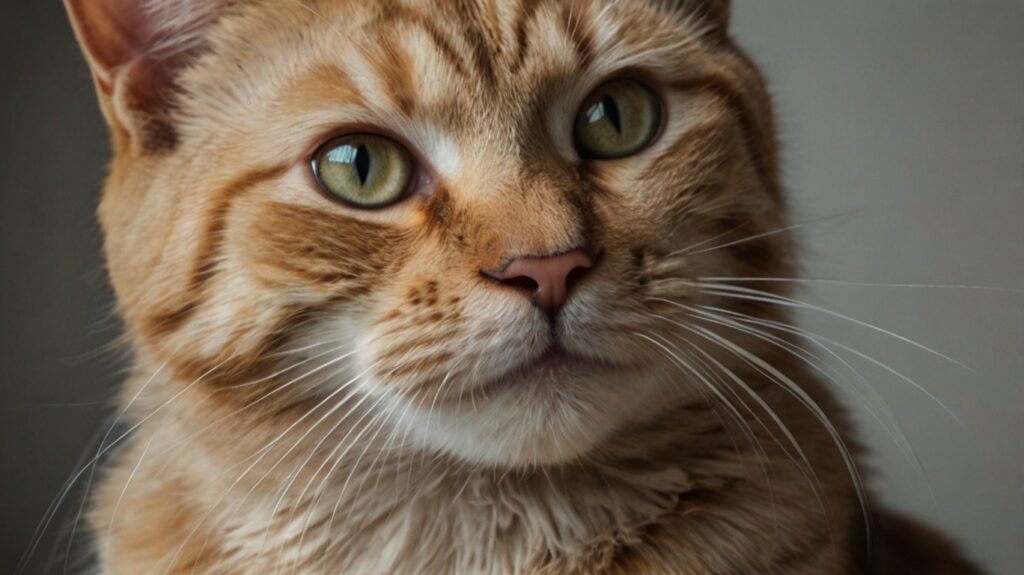Table of Contents
- Introduction
- What Are Cat Whiskers?
- How Do Whiskers Help Cats Measure Spaces?
- The Science Behind Whisker Sensitivity
- Do All Cats Have the Same Whisker Length?
- Conclusion
- FAQs
Introduction
Cats are fascinating creatures with incredible sensory abilities, and one of their most remarkable features is their whiskers. These specialized hairs, called vibrissae, play a crucial role in helping cats navigate their surroundings. But how exactly do whiskers help cats determine if they can fit through tight spaces? Let’s explore the science behind this unique feline ability.

What Are Cat Whiskers?
Whiskers, or vibrissae, are thick, stiff hairs deeply embedded in a cat’s skin. Unlike regular fur, whiskers are connected to sensitive nerve endings, making them highly responsive to touch and air movement. Cats have whiskers on their cheeks, above their eyes, and even on the backs of their front legs.
How Do Whiskers Help Cats Measure Spaces?
A cat’s whiskers are roughly as wide as its body, serving as a natural measuring tool. When a cat approaches a narrow opening, its whiskers brush against the edges, sending signals to the brain about the space’s width. This helps the cat decide whether it can safely squeeze through without getting stuck.
Additionally, whiskers detect subtle air currents, allowing cats to sense obstacles in the dark, making them excellent nocturnal hunters.
The Science Behind Whisker Sensitivity
Whiskers are rooted in follicles packed with nerve endings, making them extremely sensitive. Even the slightest touch or change in airflow triggers a sensory response. This heightened sensitivity helps cats:
- Avoid collisions in low-light conditions
- Hunt prey more effectively
- Judge distances accurately
Unlike human hair, whiskers should never be trimmed, as cutting them can disorient a cat and impair its spatial awareness.
Do All Cats Have the Same Whisker Length?
No—whisker length varies depending on the cat’s size and breed. Larger cats tend to have longer whiskers, while smaller breeds have shorter ones. However, in all cases, whiskers grow proportionally to the cat’s body width, ensuring they remain an accurate gauge for navigating tight spaces.
Conclusion
Cat whiskers are far more than just facial hair—they’re essential sensory tools that help felines explore their environment safely. By detecting air movements and measuring openings, whiskers prevent cats from getting trapped in spaces too small for their bodies. Understanding this unique feature highlights just how remarkable cats truly are.
FAQs
1. Can a cat’s whiskers grow back if cut?
Yes, whiskers can regrow, but trimming them can temporarily disrupt a cat’s spatial awareness.
2. Do whiskers indicate a cat’s mood?
Yes! Forward-facing whiskers suggest curiosity, while flattened whiskers may signal fear or aggression.
3. Why do cats have whiskers on their legs?
These whiskers help cats sense prey and terrain while climbing or hunting.
4. Are whiskers only found on cats?
No, many animals, including dogs, rats, and seals, also have whiskers for sensory purposes.
